D.O. MONTILLA – MORILES
Our wines merge tradition and innovation, history and passion; emotions that are born from the land, continue in the winery, and are enjoyed around a glass.
The fortified wines of the Montilla-Moriles Designation of Origin constitute a world apart within the world of oenology. Fino, Amontillado, Oloroso, Pedro Ximénez… they are inimitable, the exclusive heritage of a setting that cannot be transferred to any other region in Spain.
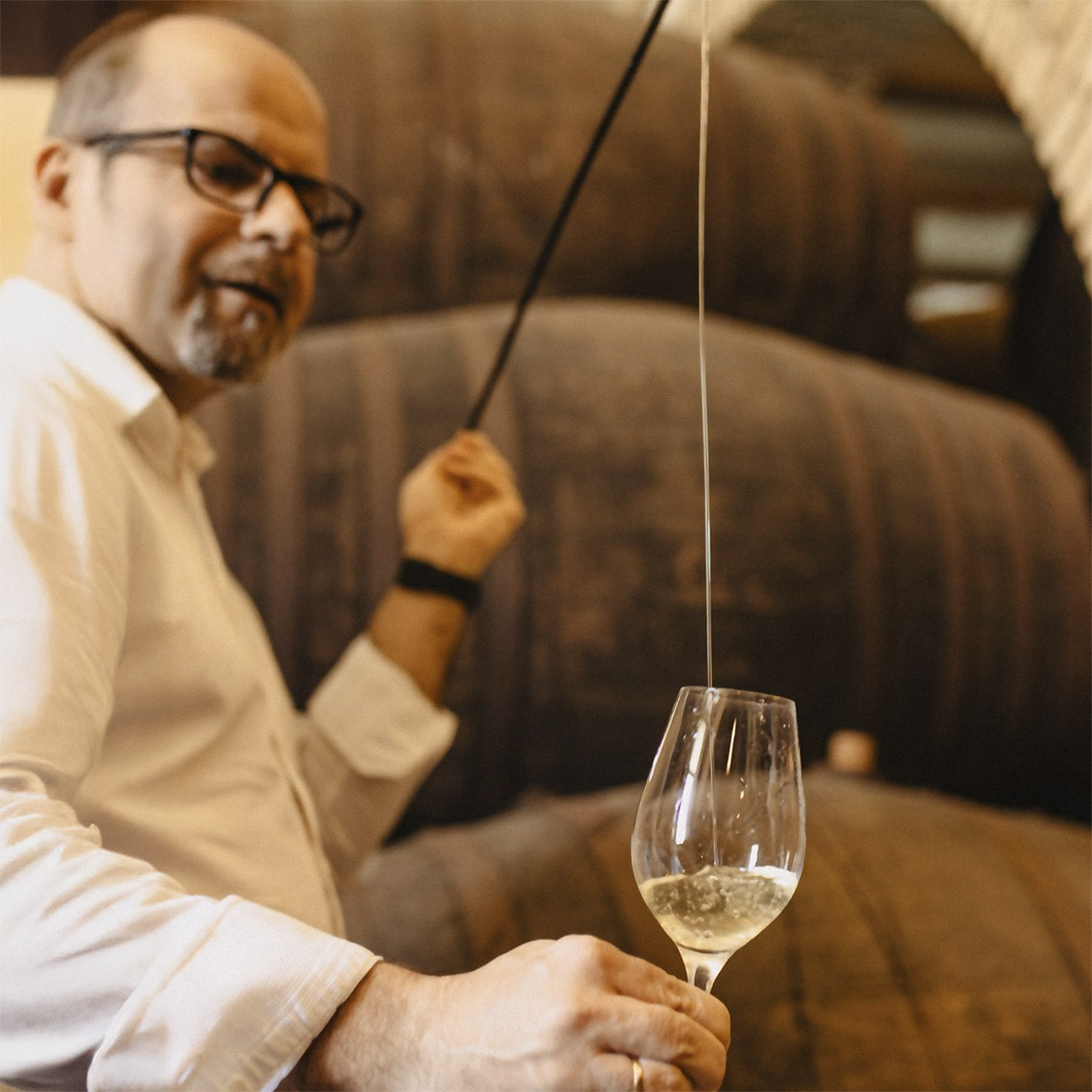
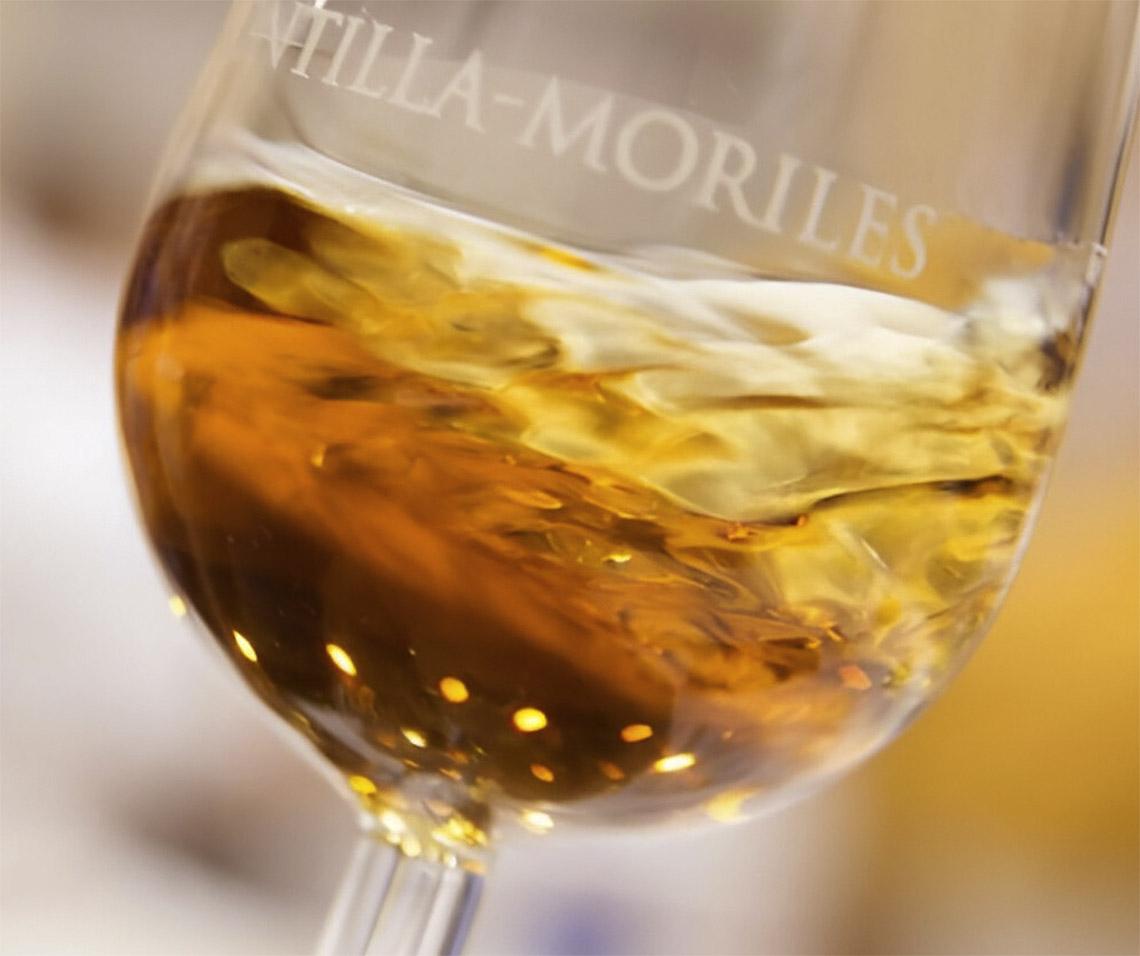
But what gives this uniqueness to the wines of Montilla-Moriles?
Along with the soil and climate, their distinctive identity arises from the predominance of the Pedro Ximénez grape, aging under a veil of flor in fine American oak barrels, and the traditional and authentic solera and criadera system.
In the province of Córdoba, the Guadalquivir and Guadajoz rivers, the Subbética mountain ranges, and the Genil River define an area of white, rolling albarizas, limestone soils with an extraordinary capacity to retain moisture and thus withstand the harsh Andalusian summer.
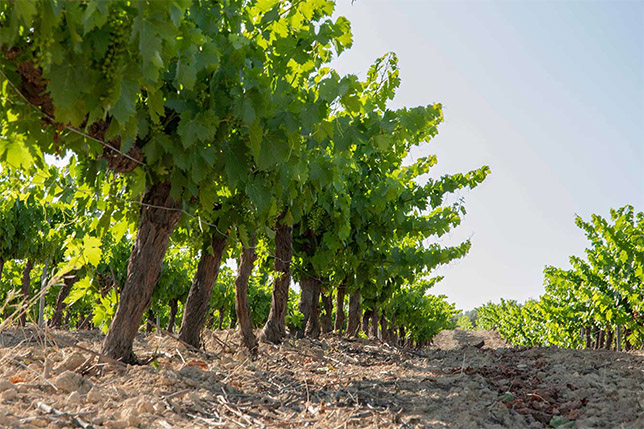
Long, hot, dry summers alternating with short winters; marked temperature differences between day and night; around 3,500 hours of sunshine per year; and rainfall of approximately 250 mm per year.
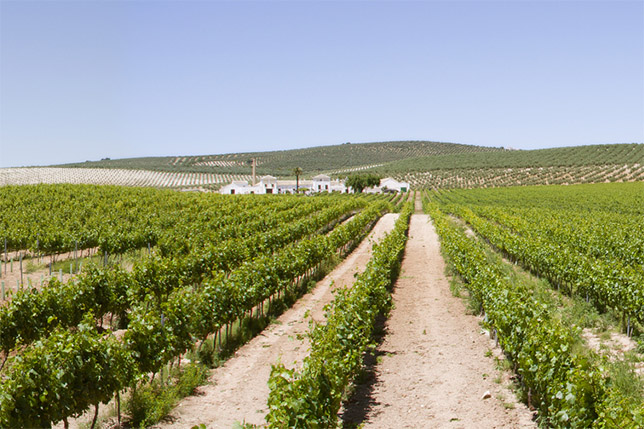
These unique characteristics of the land and climate mean that the harvest in Montilla-Moriles begins in late August, making it the earliest harvest in Spain.
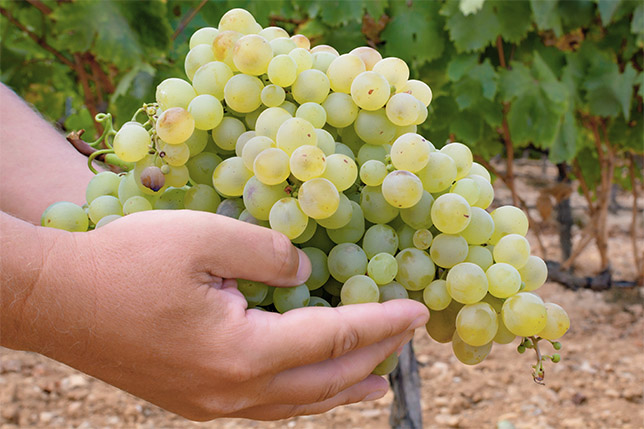
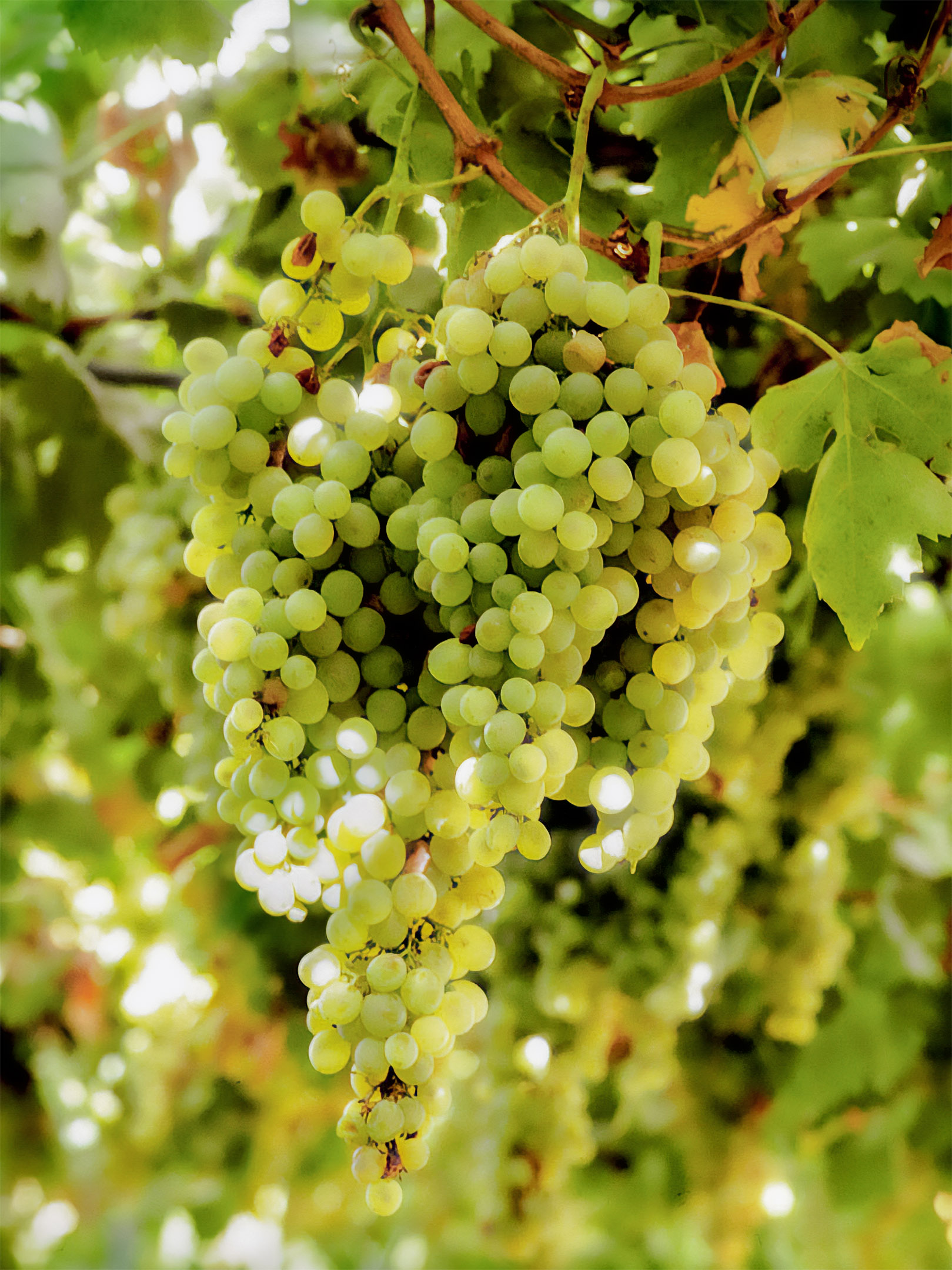
Perhaps the greatest unique feature is the predominance of the Pedro Ximénez grape, which gives the naturally sweet and fortified wines intense aromas and a complex palette of flavors.
The thin-skinned, almost transparent P.X. grape reaches such a point of ripeness that its must usually enters the wine presses with a high sugar content, which, after fermentation, generates a wine with a natural alcohol content of 15%. This allows the wine to proceed to the criaderas without the need to add wine alcohol, as is the case with finos from other Designations of Origin.
The winemaking art of Montilla-Moriles is expressed through the traditional system of criaderas and soleras, an exceptional aging method.
Generation after generation, after the musts are obtained, the wine is aged in stacked barrels, with the oldest wine placed on the floor (solera). When the wine is removed from these barrels for bottling, it is replaced with wine from the next higher level (first criadera), which is then topped off in the second criadera, and so on until reaching the last criadera, which contains the youngest wine.
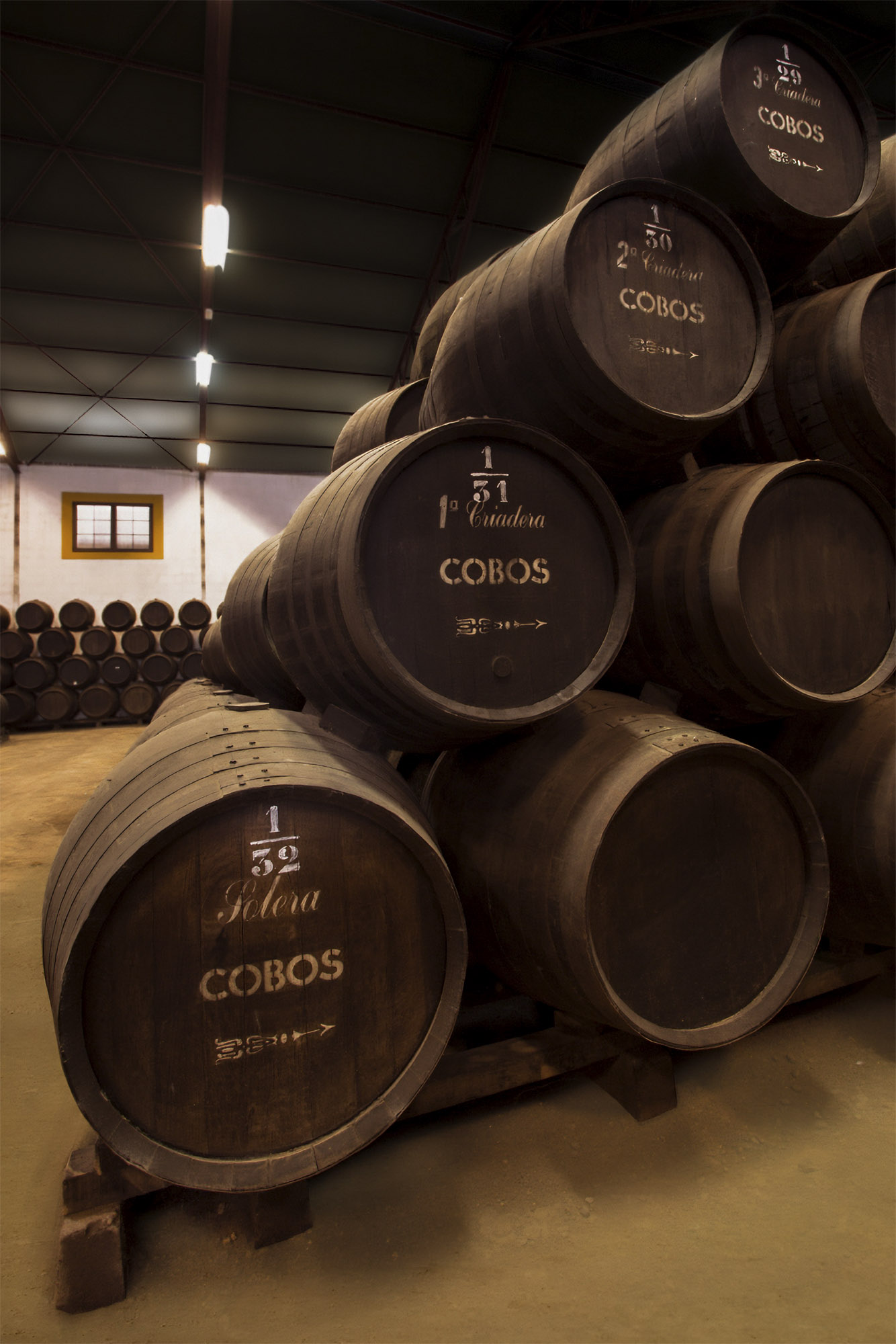

The winemaking art of Montilla-Moriles is expressed through the traditional system of criaderas and soleras, an exceptional aging method.
Generation after generation, after the musts are obtained, the wine is aged in stacked barrels, with the oldest wine placed on the floor (solera). When the wine is removed from these barrels for bottling, it is replaced with wine from the next higher level (first criadera), which is then topped off in the second criadera, and so on until reaching the last criadera, which contains the youngest wine.
Perhaps the greatest unique feature is the predominance of the Pedro Ximénez grape, which gives the naturally sweet and fortified wines intense aromas and a complex palette of flavors.
The thin-skinned, almost transparent P.X. grape reaches such a point of ripeness that its must usually enters the wine presses with a high sugar content, which, after fermentation, generates a wine with a natural alcohol content of 15%. This allows the wine to proceed to the criaderas without the need to add wine alcohol, as is the case with finos from other Designations of Origin.

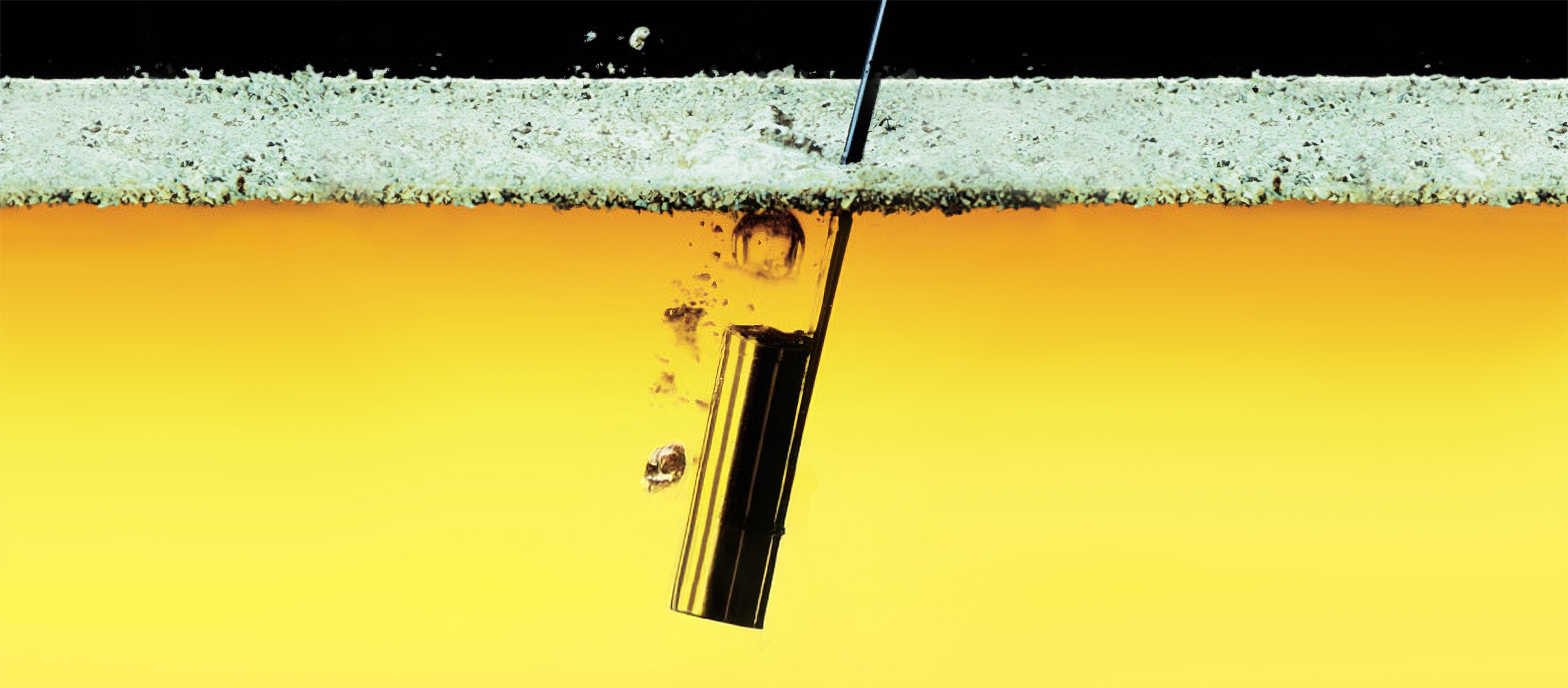
In the magical process of biological aging, the use of yeast, or “veil of flor,” stands out, responsible for giving the finos a dry and refined character.
When the casks are filled to four-fifths of their capacity, after a few days, small whitish “flowers” begin to appear on the surface of the wine, which eventually form the “veil,” beneath whose surface the wine acquires a special, sharp “nose” and a dry, bitter, and slightly saline flavor that makes it unique and unmistakable.